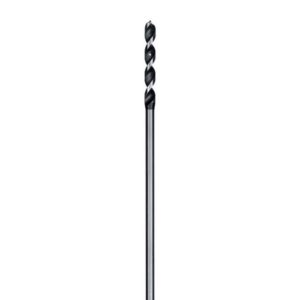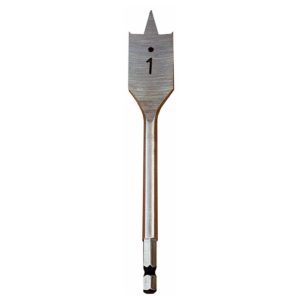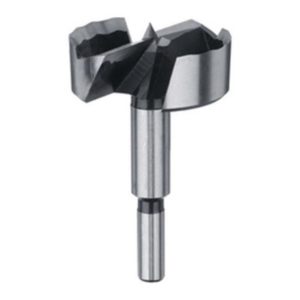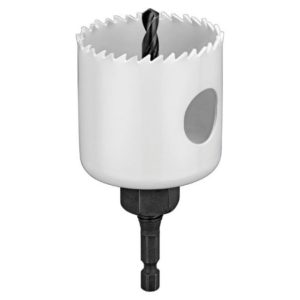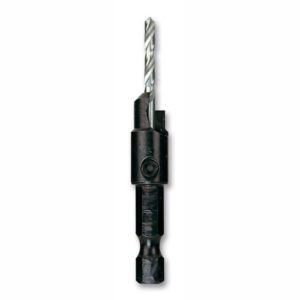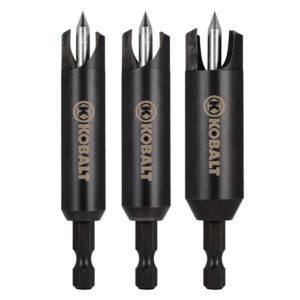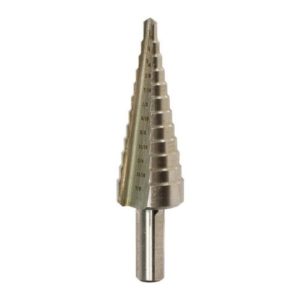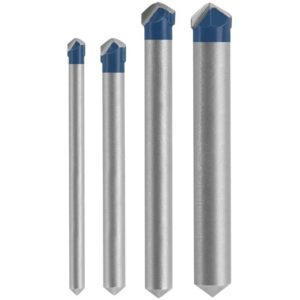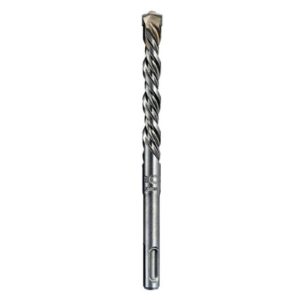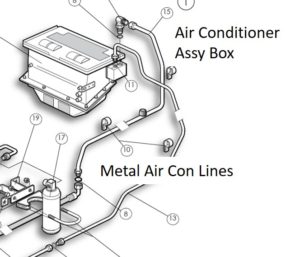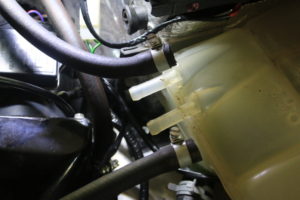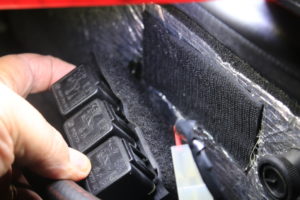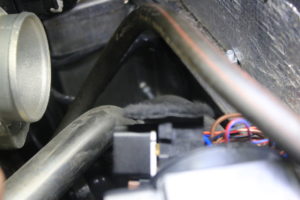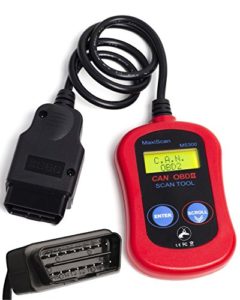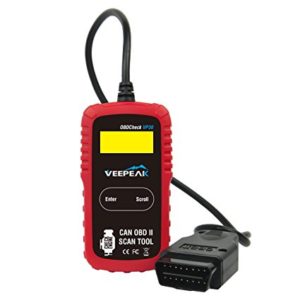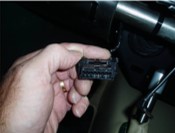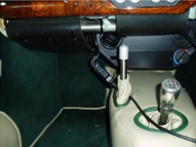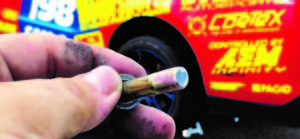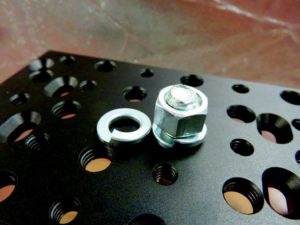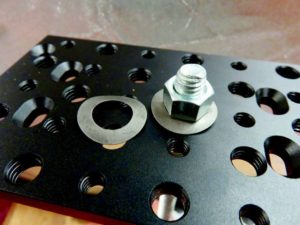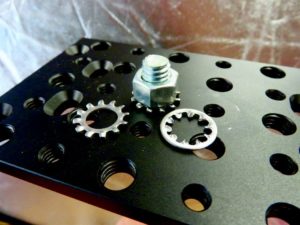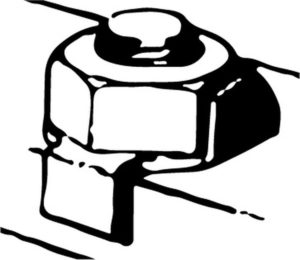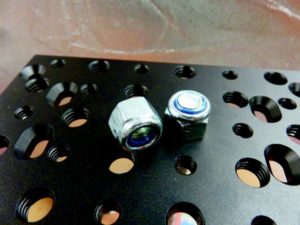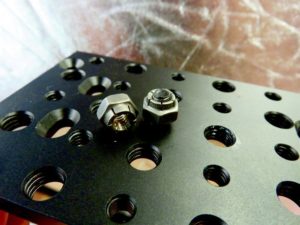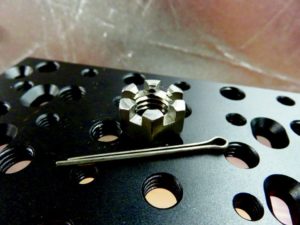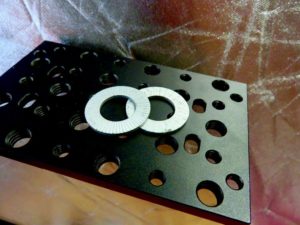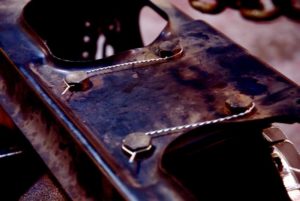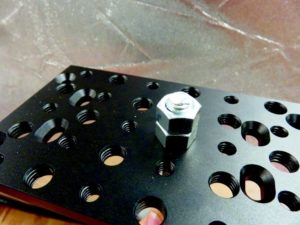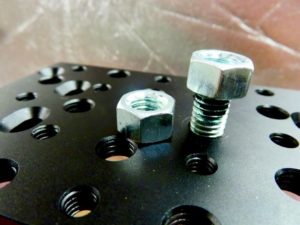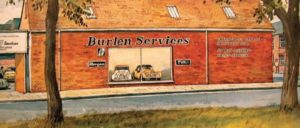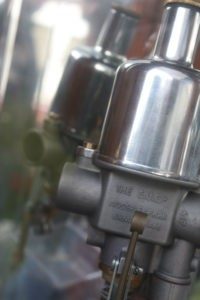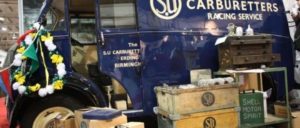How to Change Your Morgan’s Oil (NAPA – 2 February 2019)
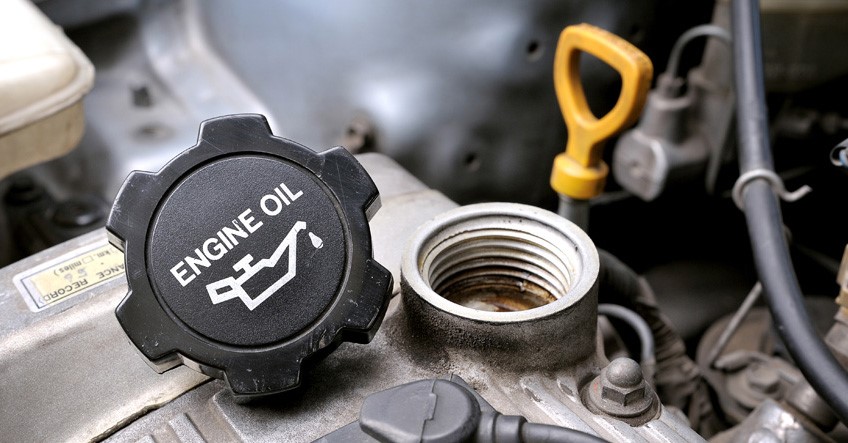
[Changing your vehicle’s engine oil is not difficult but unfortunately we sometimes fail to perform this recurring task. This can happen for any number of reasons; lack of time, lack of space, lack of tools, etc. However, changing the oil is one of the most important things you can do to keep your Morgan on the road. If you can’t do it at home take the car to a oil changing service in town. They are everywhere. Just don’t forget to get it done. It is best to change your oil as suggested by your Morgan handbook, but in general every 3,000 – 5,000 miles or three months or so. Changing the engine oil too often won’t hurt the car! In addition to mileage you may need to change the engine’s oil for other reasons. In many of the places we live the temperature and humidity changes wreak havoc on our engine’s oil. Water from condensation will contaminate the engine’ oil and dilute it’s ability to lubricate your motor. You may also want to change the engine’s oil when your prepare you car for a long period of disuse, e.g. the winter. (Oil can turn acidic over time and that’s not good.) Mark]
Things you’ll need from your garage :
- Oil catch/recycle container
- Funnel
- New oil filter
- Oil drain plug gasket (Using a new one is recommended)
- 4-5 qt. new oil*
- Oil filter wrench set**
- Clean rags
- Car jack
- Jack stands
- Safety glasses
- Mechanics work gloves
- Hand cleaner
*Check your owner’s handbook for your vehicle’s oil capacity.
**If you plan to change your oil regularly, consider investing in a small tool set, an oil filter wrench set, a quality floor jack and jack stands.
Step 1 – Park your car on a level surface and apply parking brake.
Run your engine for 5 minutes before draining oil, as warm oil drains faster than cold. Do NOT drain oil that is at full operating temperature as it will be too hot to safely handle. It is recommended that you remove the key for the ignition to preclude any accidental engine starts.
Step 2 – Jack your car up and place it on jack stands.
A jack alone will not safely support the full weight of your car. Consult your manual for the proper jacking points. The placement of a jack stand is just as important as the jack placement. The wrong placement can damage your car’s suspension or body parts.
Step 3 – Locate the oil drain plug and place the drain pan below.
The oil drain plug is usually near the front center of the engine, but some vehicles have more than one plug. Check your manual for the exact location. Loosen the plug with a socket or wrench. Make sure that the drain pan is large enough to hold 4-5 quarts of oil or more.
Step 4 – Unscrew the plug by hand.
Remove the plug by hand. While unscrewing the plug, push it back towards the vehicle. This keeps oil from rushing out until you are ready to remove the plug from the hole. Note: For engines with oil drains on the side, the oil is likely to drain at an angle, e.g. squirt out a foot or so. Position the drain pan to catch it and be sure to adjust the pan’s location as it drains.
[I have had lots of oil squirt onto the floor, outside to the pan, by not paying attention. Mark]
Step 5 – Drain all oil.
To speed up the draining process, remove the filler cap located on the top of the engine and allow air to enter from the top.
Step 6 – Replace oil plug.
Tighten the oil plug by hand and ensure it is not cross-threaded. Once the plug is snug, finish tightening it with a wrench or by hand. Always use a new drain plug gasket if you have one and never over-tighten the drain plug.
Step 7 – Remove existing oil filter.
Place the oil pan underneath the old filter to catch any remaining oil while unscrewing it. Remove the old filter using an oil filter wrench if you have one. [Sometimes a strap wrench can be used, or if necessary, stick a screw driver into the body of the filter to give you something to turn. Use a rag to clean the mounting surface. Make sure that the sealing O-ring from the old filter is not stuck to the mounting surface on the engine.
Step 8 – Lubricate new filter and screw into place by hand.
Lightly coat the rubber seal of the new filter with fresh oil. It’s usually not necessary to tighten the oil filter with the wrench. Refer to the filter’s instructions. Once the filter is installed, lower the car.
Step 9 – Clean the oil filter neck and pour in the new oil using a funnel.
Typically, you will use 4 to 5 quarts of oil, but check your manual for your vehicle’s oil capacity. Fill to three-quarters of the engine’s capacity to avoid overfilling, as there is always oil that does not drain. Then replace the cap.
Step 10 – Run the engine for a few minutes to make sure there are no leaks.
Check the area around the oil drain plug and the filter for any leaks. If you notice a leak, shut the engine off immediately and remedy any leaks. Check the dipstick afterward and add more oil if necessary.
Step 11 – Dispose of the used oil properly.
Bring your used oil to a recycling center to recycle the oil for you (or many auto parts stores or oil change service business will take it but check with them first). These are the only acceptable methods for oil disposal.
IMPORTANT TIPS:
- Make sure your car is securely supported.
- Record the date and mileage after you change the oil so you will know when your car is due for another oil change.
- Handle hot motor oil with extreme caution.
- Use mechanic’s gloves to keep your hands protected and clean.
- Only dispose of used motor oil and filters at authorized locations.

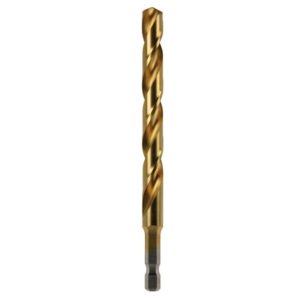
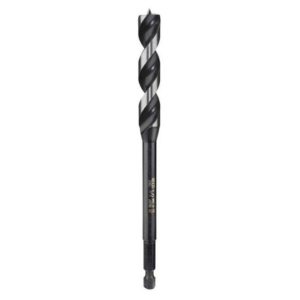 Self-Feed Drill Bit – A self-feed bit bores through wood. Like the auger bit, a screw at the tip helps position the bit and draws it through the work piece. However, this bit is more compact. It doesn’t have the standard flutes of a twist bit, so you need to pull the bit back periodically to clear away chips and dust.
Self-Feed Drill Bit – A self-feed bit bores through wood. Like the auger bit, a screw at the tip helps position the bit and draws it through the work piece. However, this bit is more compact. It doesn’t have the standard flutes of a twist bit, so you need to pull the bit back periodically to clear away chips and dust.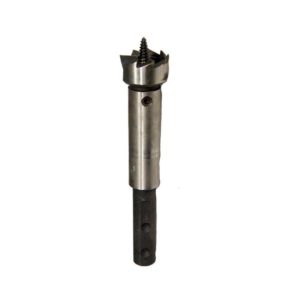 Installer Drill Bit – An installer bit is a specialized twist bit designed for installing wiring. The bit can be up to 18 inches long and drills through wood, plaster and some masonry.
Installer Drill Bit – An installer bit is a specialized twist bit designed for installing wiring. The bit can be up to 18 inches long and drills through wood, plaster and some masonry.